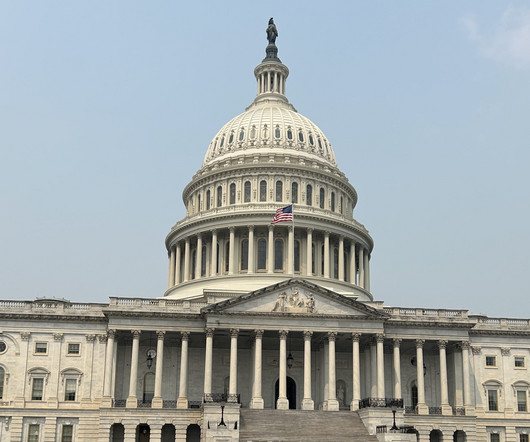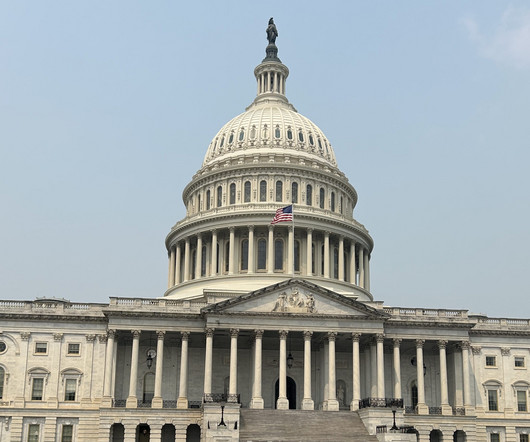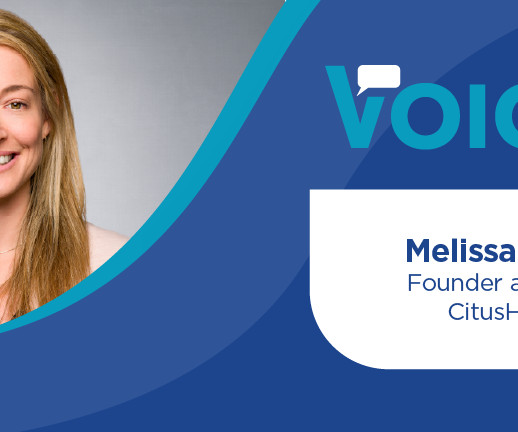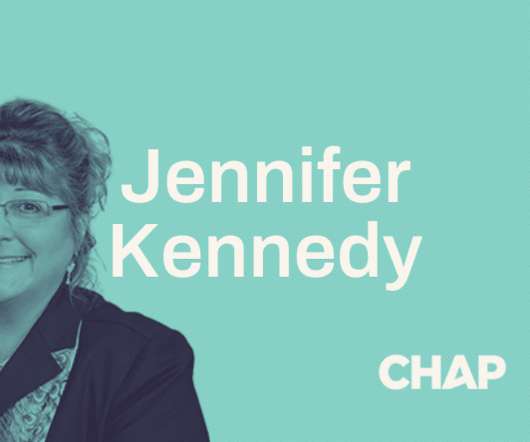3 Key Hospice Technology Trends
Hospice News
JANUARY 31, 2025
The report surveyed thousands of home health, hospice, palliative and home care professionals nationwide about their technology investments in 2025. Its not a decision made lightly but with thought, knowing that the [return on investment (ROI) is huge.






















Let's personalize your content